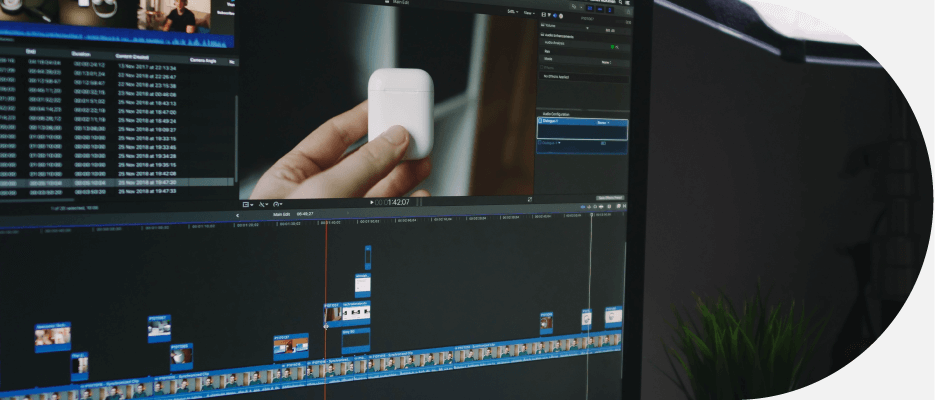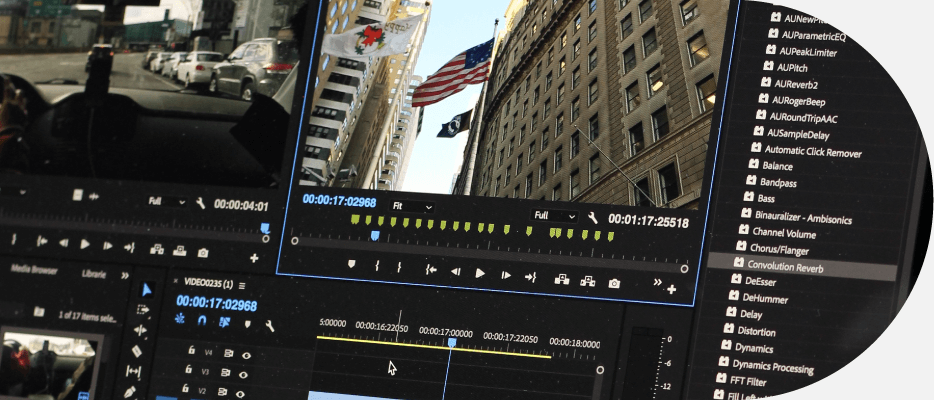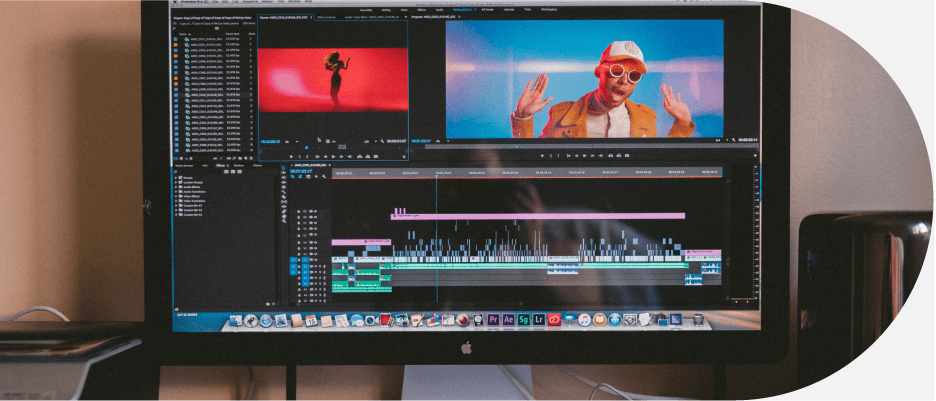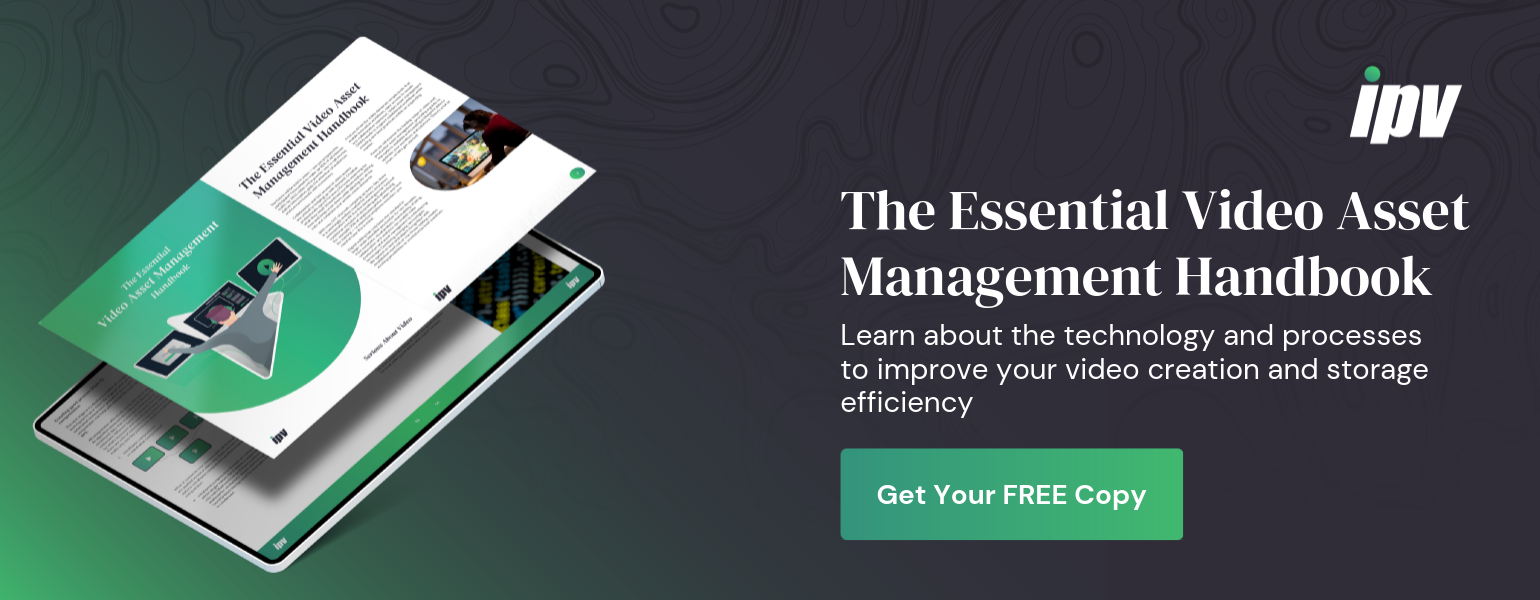What is Video Asset Management, and How Can It Help Your Business?
If your business has recently entered the world of video marketing, you might have been persuaded by some of the head-turning metrics which attest to its power. Consider, for example, these metrics:
- Marketers are spending more on content creation: Gartner reports that key marketers were spending more than 8% of their total marketing budgets on content creation and management in 2017
- More than 90% of consumers say that video helps them make buying decisions: this is one of the reasons using video, as opposed to plain text, increases sales for the businesses which are adept in using it.
- About 64% of consumers say the inclusion of video makes them more likely to make a purchase: video is better able to tell a brand's story by creating an emotional connection with the viewer.
- Marketers who regularly include video as part of their strategy garner 66% more qualified leads: because video can present more information about a company's products and services more quickly and conveniently than text alone, the leads you get know more about you, and for this reason are better qualified to be interested in those products and services.
- Approximately 80% of all internet traffic will be video by 2021: the predominance of video in the marketplace means that, increasingly, consumers will expect to see it, and will expect it to be relevant to their needs and wants.
- Businesses using video on landing pages spiked from 49% last year to 60% this year: businesses like yours are beginning to understand video's market appeal. That, of course, means more video out there, and more competition to grab consumers' attention.
- Large, enterprise businesses typically have thousands of videos in their libraries: on average, companies have on average 293 videos in their libraries, but large organizations have many more, and the largest are ingesting as many as 10,000 a week.

1. What Is Video Asset Management (VAM)?
It's not enough to produce videos. You also need to link the videos you create to specific segments of your market, and to be able to access the right videos at just the right moment. With enterprise organisations housing thousands of videos in their libraries, companies need a way to access the right video at the right time. That can be challenging if they rely only on Google drive, or for that matter if they're using an increasingly cluttered internal server (a very expensive way to do business) or in multiple locations—this means editors often need to work where video files are stored, which is needless to say not ideal.
Eventually, businesses conclude that, to maximize their use of video, they need a more effective management system—that's where video asset management comes in.
Here's a useful definition of video asset management from Streaming Media:
"As the number of video assets has grown in all manner of organizations, so has the need to organize this content efficiently. Too often, stakeholders have a hard time finding the content they need—and when they can find it, it's often not in the right format, or there are multiple versions with no indication of which is the final one approved for publication…more and more organizations are turning to asset management systems to wrangle a wide range of digital assets, including final produced content, individual production elements, and raw footage."
A smart video asset management system will make your videos easily accessible to anyone in your business who needs them. This more intelligent management of your video library will substantially enhance your use of video in marketing campaigns, educational staff training videos, to create consistent customer experience and to archive and monetise old content, among other uses.

2. Is Video Asset Management the Same as Digital Asset Management?
Video asset management (VAM) and digital asset management (DAM) are similar in that they both help businesses organize digital assets and make them more quickly accessible to meet specific marketing needs. Where they differ is in the scope of the assets they cover. Whereas video asset management is related solely to the storage and organization of video, digital asset management has to do with photos, documents and other digital assets in addition to video.
This doesn't mean that digital asset management is an substitute for video asset management. If you're looking to properly manage your video property, you need VAM. For example, your creative team will want something that integrates with products they use, like Premiere, which has professional grade playback tools and supports all video formats.
Both digital and video asset management can help marketing and sales teams meet their key objectives by making it easier to find the right digital asset to meet a specific marketing goals, and to do so quickly. This empowers those teams to push content to customers and prospective customers based on the nature of their industry and where they are in the sales funnel. With asset management, marketing and sales teams can unleash their full creative potential—and increase a brand's profitability.

3. What Exactly Will Video Asset Management Do for Your Business?
Video asset will organise your video production from ingestion into editing software, raw file storage, production and (sometimes) distribution (perhaps via YouTube or on social media sites). Using powerful naming conventions (such as tags or metadata), video asset management will make it easy to locate video content you need when you need it and customize for specific marketing campaigns and clients. And, once video asset management has done its job, salespeople can use final video products stored in your digital asset management system, and do so without confusion (your sales team, for example, will always know what video content is ready for use, and won't get into skirmishes with marketing for using the wrong content).
This of course adds tremendous value to your video assets. It also enhances the power of marketing campaigns, unleashes the creativity and productivity of your sales and marketing teams and increases sales.
Specifically, the right video asset management platform will do the following 8 things:
- Store, organize and manage the totality of your video assets in a single, centralized location
- Easily edit your video content remotely
- Make these assets accessible in any location
- Enable intelligent AI searches and AI speech to text and object recognition (three important but separate functions)
- Make it simpler and easier for your people to locate, share and access your video assets whenever you or one of your people need them
- Help you push your video content across multiple marketing channels, from social media to 3rd-party marketplaces and content management systems, and distribute content over multiple marketing channels
- Enable you to measure the performance of your video content
- Make your sales and marketing teams more efficient, and in the process increase your company's productivity and profitability

4. What Steps Should I Take to Ensure the Success of My VAM Strategy?
A video asset management platform is not a substitute for clear thinking and best marketing practices. The good news is that there are proactive steps you can take ensure that your video asset management platform will do all it's capable of, including the following:
- Keep Key Stakeholders in the Loop
The last thing you want it to research and invest in an asset management platform only to find that key internal or external stakeholders aren't comfortable with it or, worse yet, won't use it. The best way to ensure stakeholder buy in is to involve them in the decision-making process right from the start. Key stakeholders include your marketing and sales teams as well as designers, managers, vendors, distributors, partners and technical team members.
- Identify What You Currently Have
The first step in best leveraging your video assets is determining what content you currently have (and what you need) and how those assets are being used. You can do this by auditing your current video assets. Be sure to include all relevant teams (principally sales, IT, marketing and anyone else involved in creating and managing your video assets) into the analysis. Be sure as part of your analysis to assess whatever naming (and metadata) conventions you currently use.
- Define Your Goals
What do you expect video asset management to do for your business? How will you get from where you are now to where you want to go, in terms of the amount of time you currently expend, how much it costs you and what it accomplishes. Make sure the goals you establish are clear, measurable and realistic. Again, it's critically important in defining goals to talk to your people and learn what their chief concerns are.
- Determine Your Selection Criteria
You need to decide, well, how you're going to decide which video asset management platform is best for your business. Among other things, you need to consider scalability, how well your new software integrates with existing systems, hosting options, how long it will take to implement the software, whether you'll need mobile support and how easy (or difficult) your new software is for your people to use.
Every business is different, and only you can determine what your software needs are. Assessing the scope of your needs will be useful as you review available products on the market. As you determine your software needs, be sure to consider what your objectives are.
- Choose a Product That Reflects the Way Your People Work
Your employees are the ones who will use your video asset management platform day to day. The last thing you want is to invest in software only to have the marketing team, for example, come to you saying, "This product doesn't work for us; it's difficult to use, and it hasn't made our lives any easier." If your people aren't comfortable with the product you select, odds are they won't use it.
- Get the Help You Need from Skilled Third-Party Providers
Especially if you're relatively new to selecting software, you'll increase the odds of success if you work with skilled professionals who can provide the advice and guidance you need. To learn more about the ways our media asset management solutions can help your business achieve its key marketing objectives, get in touch with us today.
Recommended reading

DAM vs MAM vs VAM: your guide to media asset management
When an industry becomes entrenched with jargon, it can become really confusing. This is doubly true when people are inconsistent with how these terms are used.

Infront Sports Media score with intelligent video content platform
As the broadcast home to incredibly popular sporting brands such as Serie A, the Italian soccer league, Infront Sports Media has positioned itself as one of the most innovative sports broadcasters in the world today.

Object recognition and the future of video asset management
The future is video. And for creators and consumers of video content, the future is bright… Or at least it has the capacity to be.

